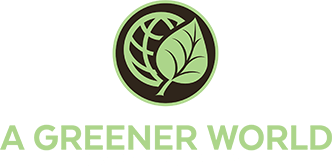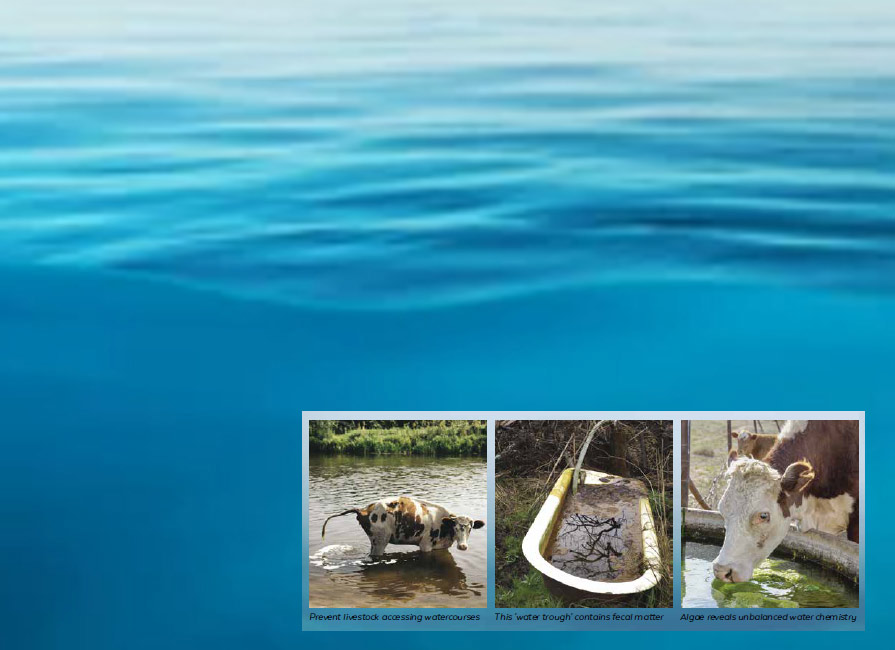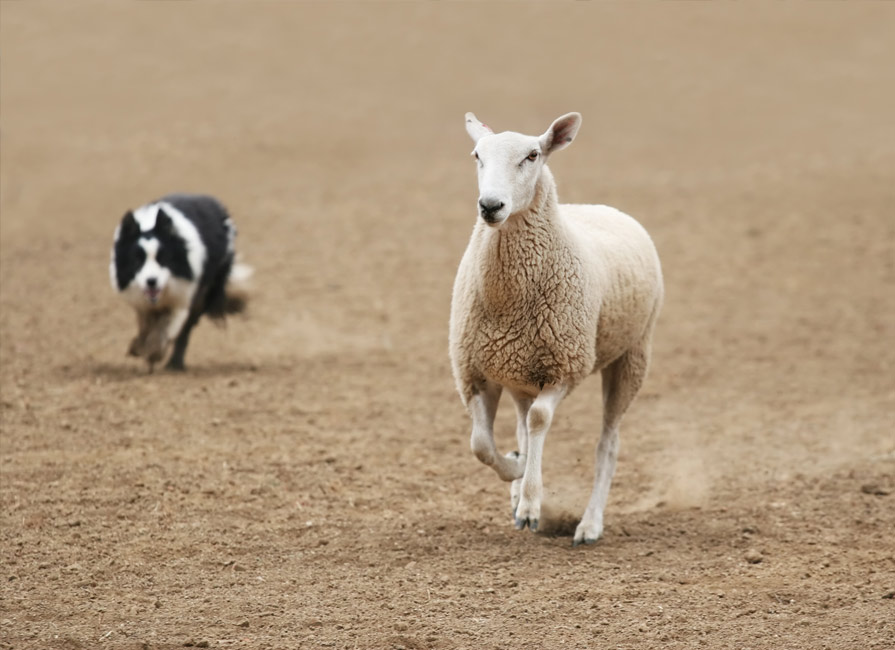Water is arguably the most important nutrient on earth. It is “the universal solvent,” providing…

Testing Times
Congratulations! You’ve decided to make a commitment to non-GMO certification to meet the rapidly growing public demand for products free from genetically modified organisms (GMOs) or genetically modified ingredients.
You’ve carefully read AGW’s Non-GMO standards, submitted your application, and completed your first audit. You eagerly anticipate your certificate arriving in your mailbox. But after a few weeks, you start to wonder what could be taking so long? If this sounds familiar, you’re not alone. Let’s explore what happens to your application behind the scenes after your Certified Non-GMO by AGW samples leave your property.
Risk
Samples are collected based on a risk rating of low, medium or high. Low-risk products are those where no genetically modified (GM) version is known and are thus not typically collected for testing. Barley, for example, is currently a low-risk ingredient, whereas soy is a high-risk ingredient. This is because commercially grown GM soy varieties are grown extensively in many countries.
Handling
When required, the auditor will collect three samples: one to stay with you, one to submit to an ISO 17025-accredited laboratory, and one that is temporarily held at the AGW offices in case the original is lost or damaged in transit. Samples are inspected at the AGW offices and prepared for laboratory submission. Rest assured: samples are handled to prevent any possibility of cross-contamination.
Testing options
As with sample collection, test options differ by risk. Quantitative PCR analysis—enumerating the amount of GM DNA in the sample—is the required laboratory test for high-risk ingredients. Another (often less expensive) testing option is qualitative PCR analysis, which indicates presence or absence of GM DNA. This is typically used for moderate-risk ingredients. The Certified Non- GMO by AGW standards require high-risk ingredients to have at least one annual quantitative PCR analysis and allows the post-audit testing to fulfill this requirement.
Laboratory testing costs vary greatly ($200–$600), depending on the test and the number of genetic traits of the crop. Other tests such as lateral flow strips are generally used in the field, but PCR analysis and ELISA test (a test that detects proteins) are strictly conducted by a laboratory.
Results
On average, you should expect a 6-week post-audit response time. This accounts for sample shipment to and from the AGW office, document preparation, analysis reports, and a technical review. All results are reviewed by the AGW approval board against the testing thresholds outlined in the standards. Thresholds vary by product type (for example, animal feed, food ingredients and seed) and any results exceeding the threshold require corrective actions.
Corrective actions must address the potential root cause of contamination (for example, feed stored in silos that previously contained GM feeds) and should include retest results. Do not stress: AGW is happy to help facilitate laboratory retesting. All corrective actions and retests are again reviewed by the AGW approval board for a certification decision.
We are excited to work with you towards your non-GMO goals. Certified Non-GMO by AGW standards (including ingredient risk information) are available online for review. For more information, please get in touch at info@agreenerworld.org.za or +27 (0) 74 974 9777.
Author: Caitlin Aguilar is Director of Quality at A Greener World
Originally published in the Spring 2023 issue of AGW’s Sustainable Farming magazine.



